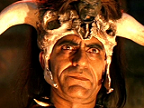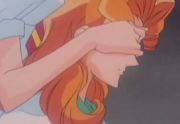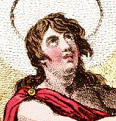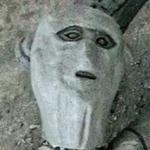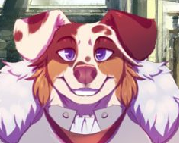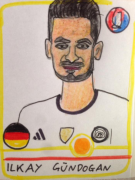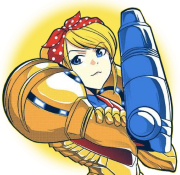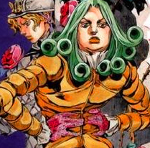|
The most powerful Turkish state in this game is literally the Eastern Roman Empire, so I hope they still use the star and crescent
|
|
|
|

|
| # ? Apr 27, 2024 03:51 |
|
Randarkman posted:e: You could maybe argue that animal motifs would be more prominent in Turkish heraldry absent the Islamic influence, though in its opposition to images Judaism really isn't that far removed from Islam. I concur, I expect old Turkic symbology such as solid colours which represent the cardinal directions and animal motifs, principally eagles and wolves. If they're straight Jewish, then Jewish symbolism would also be common. For example, the Khazars used as their banner a symbolic representation of a tool used in circumcision. E: i would also mention the traditional Turkic tamghas which would likely persist as devices used in heraldry Fututor Magnus fucked around with this message at 07:54 on Oct 28, 2016 |
|
|
|
Raserys posted:The most powerful Turkish state in this game is literally the Eastern Roman Empire, so I hope they still use the star and crescent Ehhh... You're kind of forgetting about the Qocharids and the Sasasanids, both of whom are bigger than Rum, much bigger in the former case. Rum being Christian kind of makes Christian symbols of the Roman Empire more likely for them than the Star and Crescent which is more a symbol of just the city of Constantinople and perhaps more specifically ancient Byzantion.
|
|
|
|
So I'm finally getting around to playing the CK2 scenario, and wondering what Brithenigs would most likely have as their cultural troops? I've been reclaiming Britannia from the pagan horde, but I'd like to do it in style. Edit: For Turkish symbols, how about some kind of eagle/menorah hybrid? Lord Cyrahzax fucked around with this message at 01:49 on Oct 29, 2016 |
|
|
|
How about
|
|
|
|
Lord Cyrahzax posted:So I'm finally getting around to playing the CK2 scenario, and wondering what Brithenigs would most likely have as their cultural troops? I've been reclaiming Britannia from the pagan horde, but I'm doing it with the style I'd like. Longbowmen? WhiskeyWhiskers posted:How about Nice.
|
|
|
|
I like it, but how about making it look vaguely geographic? Make the blue into two bands, one above to represent the Black Sea and one below to represent the Mediterranean. So something like: 
|
|
|
|
Continuing flagchat, what sort of flag / arms would the Franks and Geats have? Both are some of the most powerful nations in Europe right now, maybe to reflect that the Franks have three golden fleur-de-lis on solid blue and then the Geats could have three golden crowns except on a black background because thats goffik?
|
|
|
|
Fututor Magnus posted:Continuing flagchat, what sort of flag / arms would the Franks and Geats have? Both are some of the most powerful nations in Europe right now, maybe to reflect that the Franks have three golden fleur-de-lis on solid blue and then the Geats could have three golden crowns except on a black background because thats goffik? We could always replace the fleurs-de-lis with bees--per their importance to the Merovingians--although that's a very tenuous connection for a national motif.
|
|
|
|
Fututor Magnus posted:Continuing flagchat, what sort of flag / arms would the Franks and Geats have? Both are some of the most powerful nations in Europe right now, maybe to reflect that the Franks have three golden fleur-de-lis on solid blue and then the Geats could have three golden crowns except on a black background because thats goffik? RE: The Geats of Götarike... The OTL Flag of Sweden was historically adopted some time before the 17th century, probably during the reign of Gustav Vaasa himself as he changed the colour from the more Danish white cross on blue to a differing yellow cross. (as a barely-even-amateur student of heraldry I'd put an idea forwards about how the change from Silver/White to Gold/Yellow are based around them being opposing tincture metals, but that's pure speculation on my part) Considering how in our world there is A) No Dano-Swedish union from which to get the cross inspiration from, and B) Barely even a Denmark to begin with, I'd almost say the Scandinavian Cross design is out of the race unless we want to use it for the meta-argument "So that people will know we're talking about the north". The Three Crowns design on the other hand is from the era - OTL earliest traces are from the late 13th to early 14th century - though their origins are far more disputed. Or rather they're fairly certain they represent three crowns under rule by the Swedish monarchy, but which three crowns can't really be agreed upon. Some say its Sweden, Norway and Scania, some sources say it hails from old royal heraldry where the three crowns probably represents the three [petty] kingdoms of Svealand, Västergötland and Östergötland, and the similar Danish symbol is said to represent Denmark, Norway and Sweden under the Union of Kalmar. In short I'd agree with the Three Crowns design (though an argument could be made for Five crowns - Västergötland, Östergötland, Svealand, Norgeland and Skåneland) but I'd use a Green background colour similar to the one Ofa chose to represent them on the map. As for the Franks... well, the Fleur was adopted rather early for the Kingdom of Francië shield in CK2 so if nothing else we have that central still. I'd argue two fleurs rather than three (Frankia and Sorbia), though the crown of Oostfrankia/Saxony could be recognized as a third along the other two. Keeping with proper meta-tude I'd almost use something with Dutch orange rather than French blue to show how different they are in this timeline, but yellow fleurs on orange...
|
|
|
|
The fleur-de-bees: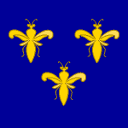
|
|
|
|
Tried out a couple of proposed designs: Merovingian bees, in Merovingian red and gold as well as Dutch oranje and silver (gold didn't look so great on orange):   Double fleur-de-lis in the aforementioned colour schemes:   Geatish five crowns on green: 
|
|
|
|
KYOON GRIFFEY JR posted:hey cool I've stumbled on to a bad version of althistory This is actually a improvement from that site.
|
|
|
|
Chapter 45: Half-Steps & Missteps (1402-1410)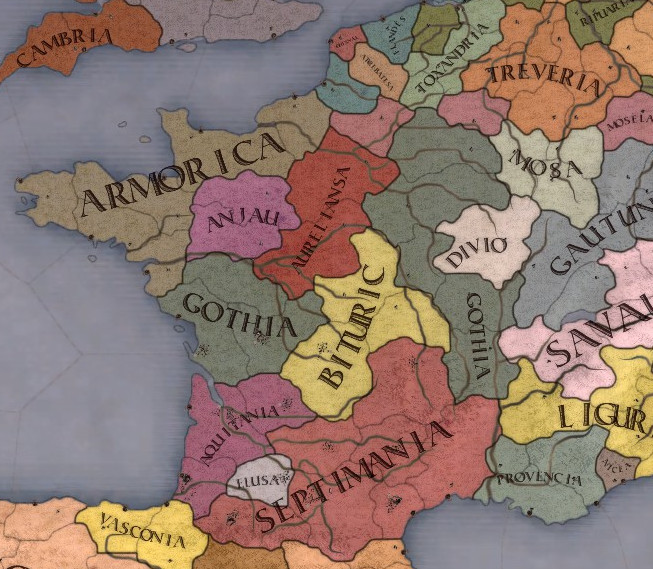 Gothia and Gaul in 1402 Gothia in the 15th century was something closer to a patchwork of family-held estates than a real kingdom. On paper, the Gothic kingdom controlled much of northern Gaul, but in practice, Gothia was limited to control of separate territories in inland Liyunés and coastal Tifalha. The central duchies of Aureliansa and Bituric remained somewhat loyal vassals of the kingdom, but all other Gothic duchies were only notional vassals at best, paying only lipservice to the Gothic crown. 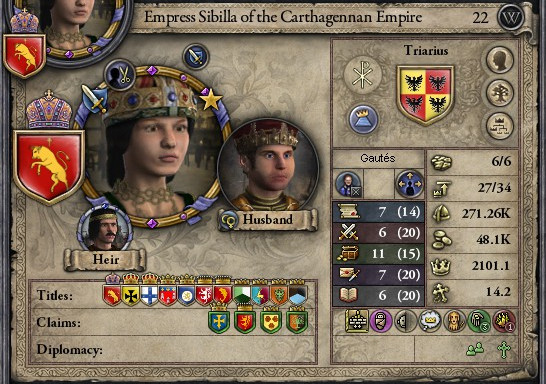 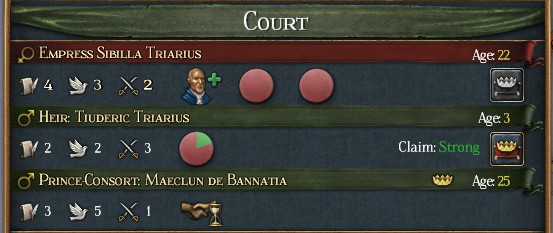 The coronation of Sibilla Triarius in 1402 generally marks the "real" beginning of the 15th century for Gothia. A capable monarch, her administration was complemented by the able diplomatic skill of her husband, prince consort Maeclun de Bannatia. Prince Maeclun was himself a Loegrian, although not of the royal family, and his connections with that Brithenig kingdom would prove to be of great help to Queen Sibilla and Gothia. 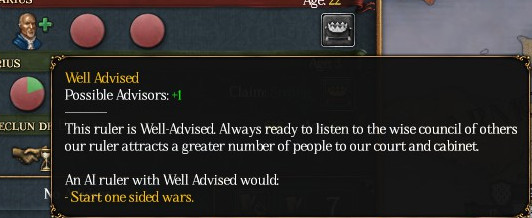 Also of help to Gothia was the great court that Sibilla was able to assemble. In her role as Roman Empress, Sibilla was able to tap into the entire empire's pool of talent, meaning her reign was incredibly well-advised.  That great council would only appear years later. Sibilla actually employed very few people at the onset of her reign, with the only major adviser hired early on being the 15th century theologian Antonei Barril. Barril was a religious thinker deeply inspired by Saint Augustine, and worked as a jurist alongside his spiritual duties. Sibilla had him on for an advisor for barely over a year, from 1402 to 1403, before she claimed financial hardship and fired him. Nonethelss, Barril's short time spent in Sibilla's court inspired him to author one of his greatest works, On the Principles of Kings, a lengthy treatise about Jesus as King of the Jews and how much secular kings should model their rule after his. Barril's depiction of Jesus, it has been claimed, inspired Sibilla's court in later years. 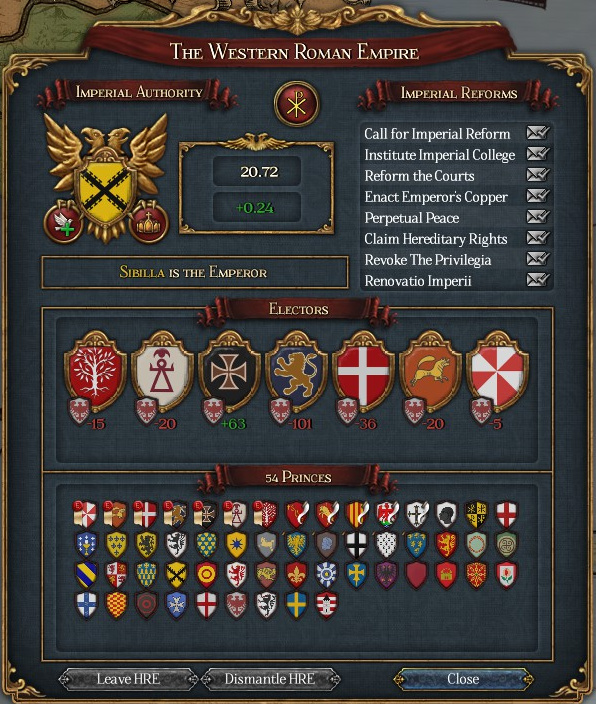 More immediately, the Gothic court spent considerable efforts early on to secure the nomination of Prince Tiuderic, Sibilla's firstborn child and heir to Gothia, as successor to the Roman Empire. Virtually all the imperial electors initially favored the King of Romania as Queen Sibilla's successor, but the queen focused the kingdom's diplomatic efforts on wooing three of the major electors (Sardinia, Gautunya and Carthago) with promises of alliances and royal marriages. 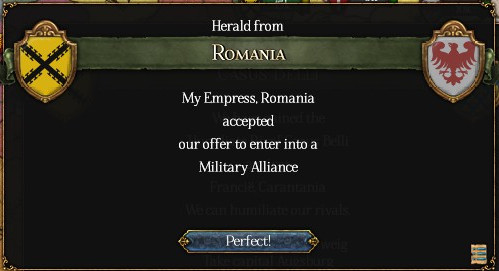 Sibilla also sought to neutralize the threat of an ascendant Romania by allying with that kingdom and establishing several royal marriages with the Italian realm. Even if Romania did succeed Gothia as rulers of the Roman Empire, Sibilla hoped that the Romanians would harbor no ill feelings towards the Goths. 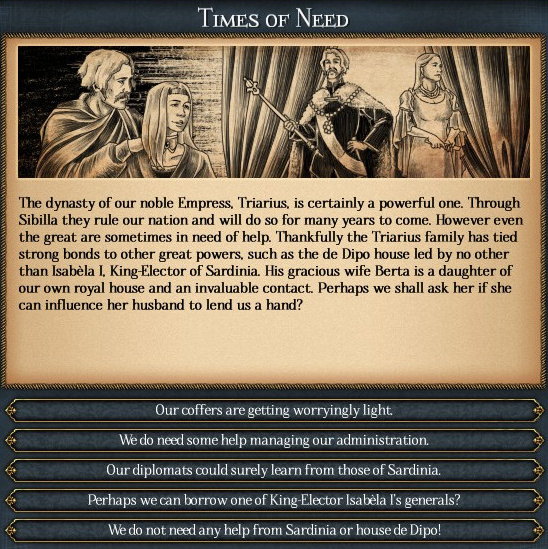 Isabèla de Dipo was known to have an unorthodox lifestyle.  These diplomatic efforts had some success, but Queen Sibilla let it go to her head and overplayed her hand. In early 1403, the queen had gifted a princely sum to a Gothic noble family near the capital and only then realized she had emptied the kingdom's coffers. Sibilla then approached Isabèla de Dipo, the elector of Sardinia, and requested a payment from her. To the queen's surprise, Isabèla refused, turning Gothic-Sardinian relations sour for some years.  Despite this, Gothia still had enough sympathy from the Sardinians to keep their support for the imperial succession. At the same time, Baetica made a play for control of the empire. Baetica's effort did not threaten Gothia's position, but it was enough to split the remainder of Romania's support, leaving Sibilla and Gothia with a clear lead in votes. The future of the empire was secured just in time for Gothia to become involved in a European crisis and play a part in a nearly perfect opportunity to cut down its great rival of the Late Medieval era, Francië.   In the middle of 1403, the king of Carantania, a realm on the periphery of the Roman Empire, died. One potential successor, Radovan Väse, was king of Loegria in Britain, and immediately pressed his claim on the Slavic kingdom. Francië objected to the union of two kingdoms on either side of its borders, and sparked a war to contest the Carantanian succession.  Queen Sibilla sensed her moment, and offered a military alliance to Loegria. In order to strike a blow against the Franks, the Gothic queen was willing to back a new union of countries on her doorstep. 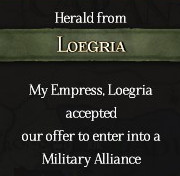 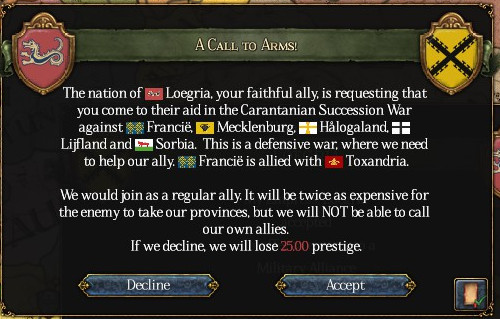 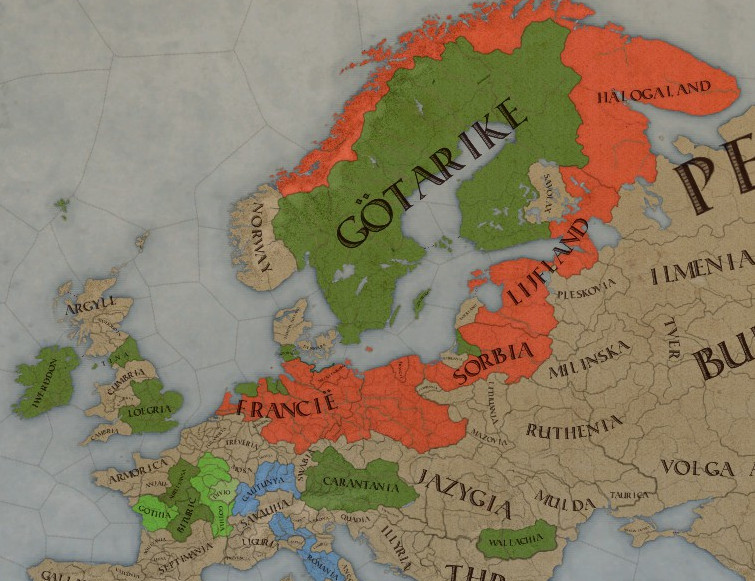 Loegria, Gothia and other members of the pro-succession alliance are in green. Francië and its vassals are in red. The Loegrians, for their part, knew a good deal when they saw one, and happily accepted the offer. The year was 1403, and the Goths were at war with the Franks.  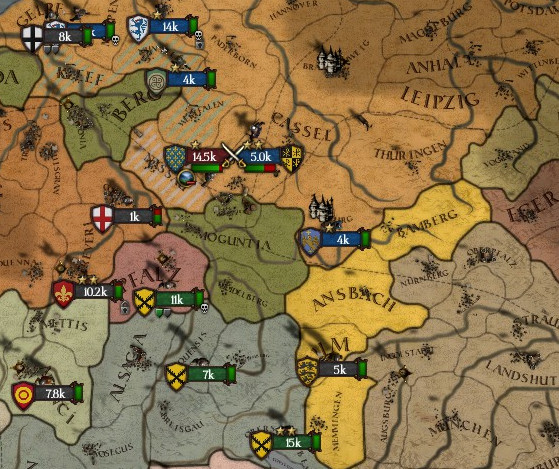 Gothia's three armies station themselves across the upper Rhine, near the Empire's border. Gothia, as leader of the Western Roman Empire, was in control of a sizeable army 33,000 strong. To lead that great force into battle, Sibilla appointed her nephew, Gautier Triarius, as commanding general of the Gothic forces, and ordered him to first set up defensive positions along the Gothic-Frankish border. 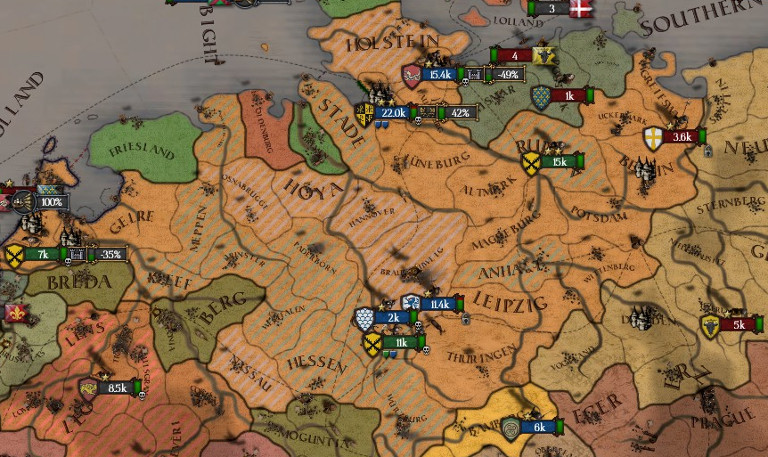 The war in Francië, October 1404 Surprising the Goths, Francië proved itself to be something of a paper tiger. Control of much of Central Europe was both a blessing and a curse for the Franks; although they had vast pools of manpower to call upon, it was incredibly difficult for them to rally all their resources in one place. Frankish armies along the Rhine crumbled at almost first contact, and by late 1404 Goths were fording the upper River Weser. 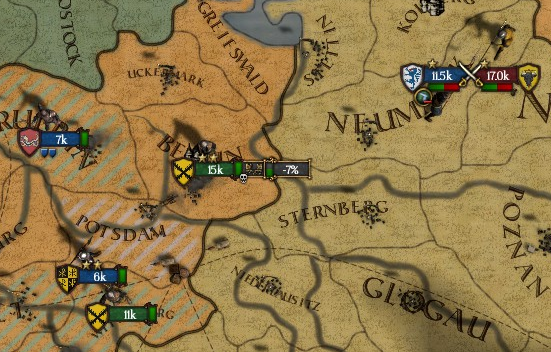 By June, 1405, Goths were besieging Berlin, on the cusp of crossing the frontier into Sorbia. The Frankish empire, which had seemed so terrifying just a few years prior, was rapidly collapsing in the face of an even fight. 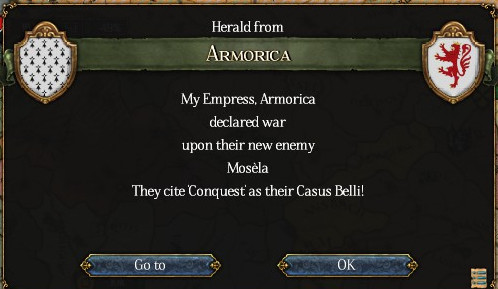 Gothia's focus on the crumbling Frankish realm left other lords in the Roman Empire without any checks on themselves. Realms such as the Duchy of Mosa took the opportunity to seize territories in the empire, such as Divio, a realm equally prized by Gothia itself. These intra-imperial wars, unchallenged by Gothia, had the unfortunate effect of weakening imperial authority just as the Goths were triumphant abroad. 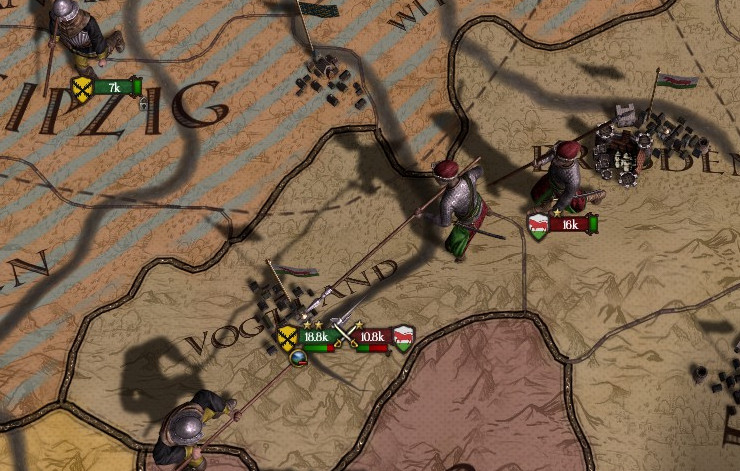 The capstone of the Loegrian-Gothic victory were the Battles of Vogtland (or Fojtsko, according to the Sorbians), two battles spanning November 29th, 1406 to December 21st of the same year. The territory of Vogtland marked both the westernmost frontier of Sorbia, and part of Sorbia's traditional homeland. Mountainous and heavily forested, it was not an ideal location for a Gothic attack, but much of the rest of the Sorbian border was heavily fortified. If the Vogtland could not be seized, then the only route into Sorbia would involve a series of tortuous sieges across the frontier. General Gautier Triarius decided to invade the Vogtland before winter fully settled in, and crossed into Sorbian lands days before Sorbian troops could arrive to reinforce the local militias. The mountainous terrain then played to the Goths' advantage; the short time alone they had in the Vogtland was enough for them to establish some temporary earthworks on the ground of their choosing, giving them a defensive advantage they would not have otherwise enjoyed.  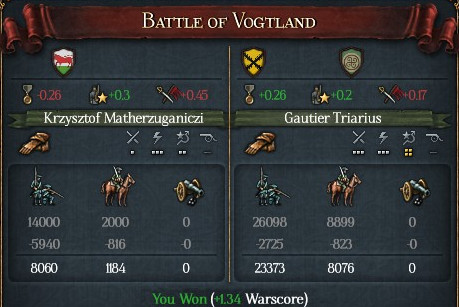 The two battles that followed were resounding victories for the Loegrian-Gothic alliance, but they also played a key role in spurring on Sorbian nationalism. Although in union with Francië, Sorbia still maintained its own army. The troops that met the Gothic army in the Vogtland were all Sorbian, with not a single Frankish unit among them. The battles of Vogtland, although a sharp defeat for the Sorbs, became a point of pride and an early entry in the Sorbian national legend. 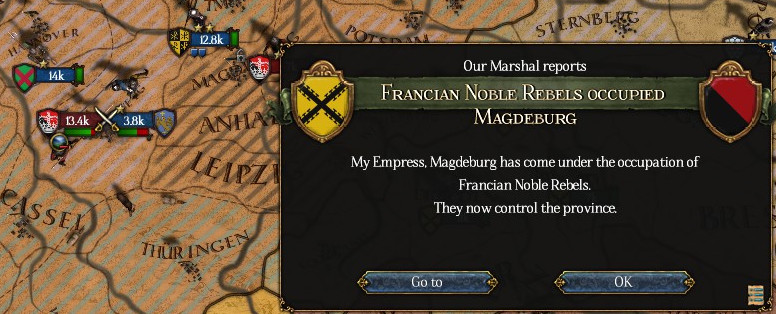 Francië, meanwhile, continued to implode, becoming engulfed in insurrections. Although some rebel gains were made at the expense of occupying forces, the Goths seemed content to watch the Franks fight themselves. 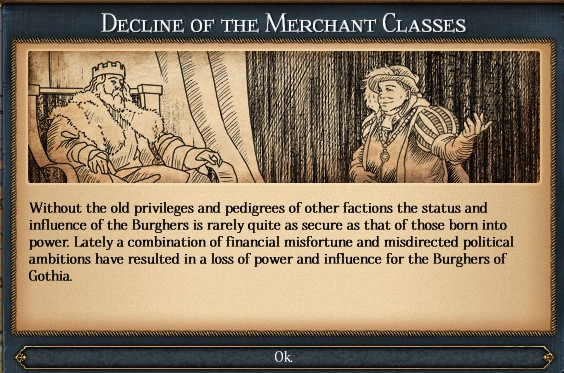 The war effort had the side effect of seriously damaging domestic markets. With the monarchy's focus on fighting the Franks, its non-enforcement of imperial laws meant that trade in Gaul and Hispania was at a nadir in the first decade of the fifteen century, as various dukes took the opportunity to wage their own little wars in imperial territory. On top of that, the war disrupted the Baltic trade and traditional grain exports from Sorbia, meaning that even seaborne trade suffered. As a result, the nobility and clergy experienced a startling growth in influence at the expense of the urban classes. 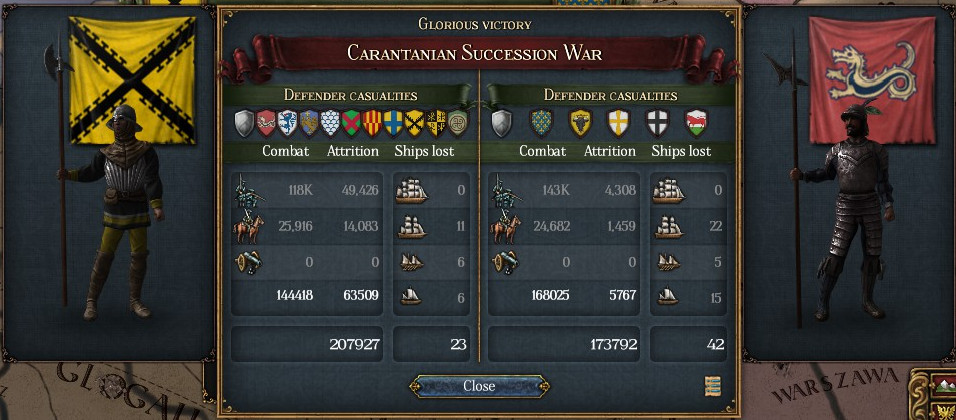 The Carantanian Succession War itself concluded on the 28th of December, 1408, a little over five years after it began. Both sides had lost significant numbers of men, although Frankish losses were more dear. 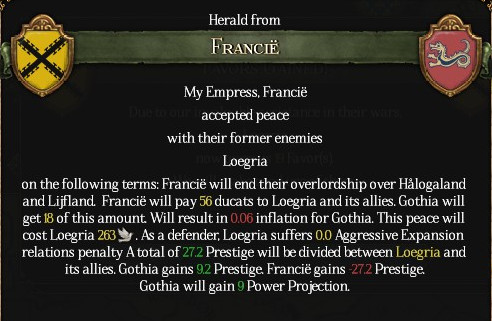 The Franks' loss of Lijfland and Hålogaland in the resulting peace treaty upset Gothia immensely. Loegria's negotiators had missed what the Goths saw as a prime opportunity to break apart the Frankish-Sorbian union- that was the main reason the Goths had gotten involved in the war, after all- and were furious that the Loegrians had merely settled for peeling away the Franks northernmost marches away from them. Of course, the Loegrians were more concerned with saving their new union with Carantania, and were quite happy to settle with the Franks on any grounds as long as their union was recognized. 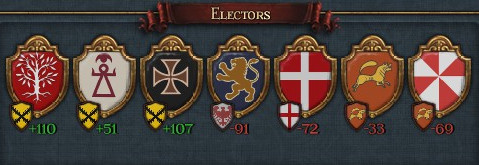 Victory in the succession war combined with Gothic neglect in the empire resulted in a wash, in terms of support in imperial elections. Electors were pleased to see a major foe of the Empire defeated, but disturbed that Queen Sibilla had done nothing to stop the imperial dukes' wars while she fought the Franks. The queen still had an advantage in votes, but was still not able to secure a proper majority. Eight years into Queen Sibilla's reign, Western Europe had already undergone a dramatic shift in power. Gothia gleefully backed the new union of Loegria and Carantania in its war to break the Frankish-Sorbian union, an effort which only partially succeeded. Even then, that success came at the cost of imperial authority and neglecting the administration of the broader Roman Empire. Thus, in 1410, Europe now had two vast personal unions straddling it where there had once been just one, and the venerable Roman Empire was already beginning to tear itself apart. Europe and the known world in 1410: 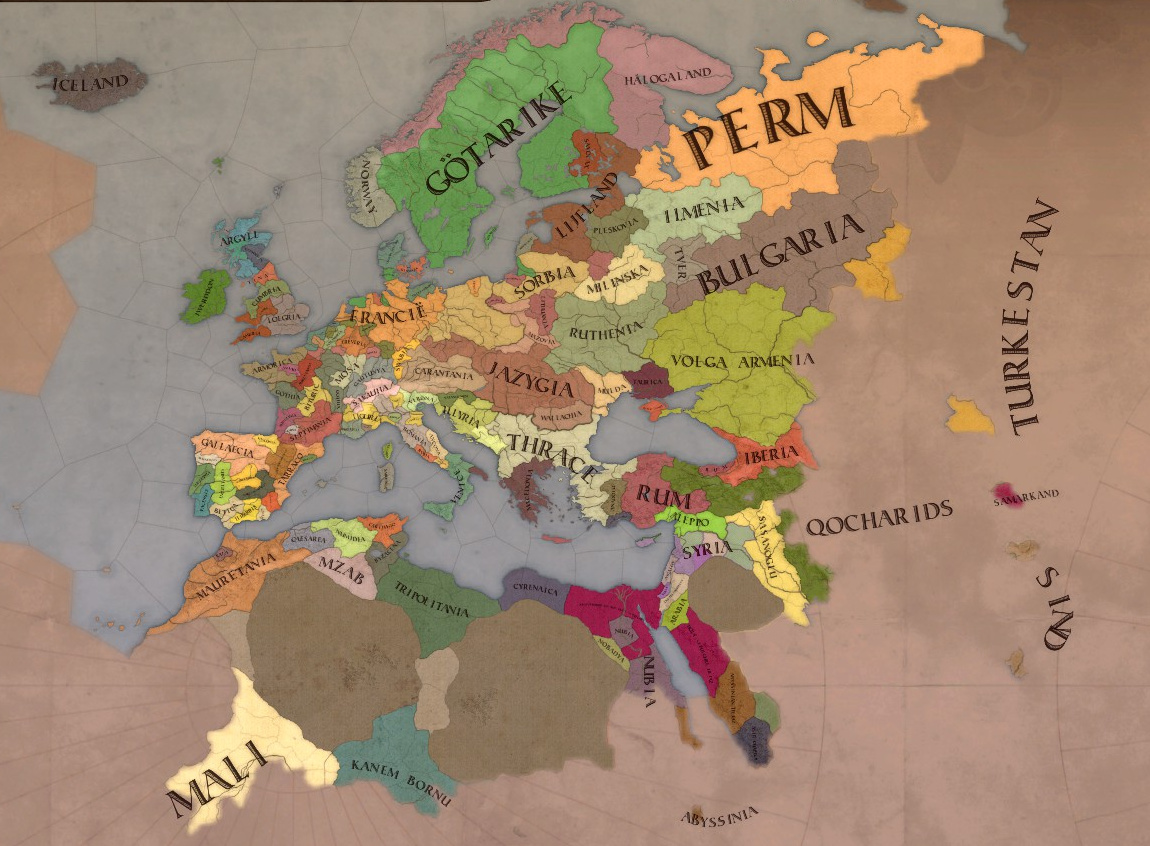
|
|
|
|
God drat it this new century just began and it sucks! Fracie is not destroyed and the institutions of the empire itself are at risk.
|
|
|
|
What a fine time to get into this thread! I just finished catching up and suddenly EU4 is underway. It is a great LP but if I may make one suggestion, we should restore the rightful Amaling dynasty to power. Only then can Gothia-Rome truly bestride the world.
|
|
|
|
Perfidious Loegria! For winning this war, for winning this Radovan the crown of Carantia, what has been accomplished? Less than nothing! Our empress marches to war, sends the sons of Rome and Gothia to die, for what? To prove she can? It cannot be! I know the truth! He rule has been subverted by that wily consort of hers, Maeclun! He has all but seized the throne with the aid of a cabal of Loegrian and anti-Imperial agents, seeking to destroy all that we hold dear! Wake up, Gothia! Arise, Rome! Cast down this false master!
|
|
|
|
Looks like Syria is gettin a whoopin down there.
|
|
|
|
Ikasuhito posted:Looks like Syria is gettin a whoopin down there. Johnson wouldn't have any trouble finding Aleppo on that map at least. 
|
|
|
|
Did the Amalings get placed onto any of the minor Gothic states, a la the Piasts in Mazovia in the vanilla EU4 start? There still might be still be a chance of an Ama-sling-back-into-power.
|
|
|
|
And that's Francie there. Most uncool for them to go down so early like that 
|
|
|
|
While not the victory we had hoped for, weakening Francie is still a good thing. Of course, an inward focus would be good now.
|
|
|
|
Lmao, he really started the LP with those awful flags
|
|
|
|
Fututor Magnus posted:Lmao, he didn't pick my awful flags
|
|
|
|
So what state is the elector with the tree?
|
|
|
|
Fututor Magnus posted:Lmao, he really started the LP with those awful flags GSD posted:So what state is the elector with the tree? Ofaloaf fucked around with this message at 01:59 on Nov 3, 2016 |
|
|
|
GSD posted:So what state is the elector with the tree? Actually, which Electors have which flags? Baetica is that hopping animal, one is a Carthage, but the rest I'm not sure of.
|
|
|
|
Lord Cyrahzax posted:Actually, which Electors have which flags? Baetica is that hopping animal, one is a Carthage, but the rest I'm not sure of. 
|
|
|
|
How do the Savoyans like being called "alternative" by the other electors? EDIT: I think this flag will fit Alt-Savoy much better  From the EUIV multiplayer thread. GenderSelectScreen fucked around with this message at 02:16 on Nov 3, 2016 |
|
|
|
I may be showing my EU ignorance here, but why are those particular realms the electors? It seems like there are definitely more suitable princes.
|
|
|
|
Lord Cyrahzax posted:I may be showing my EU ignorance here, but why are those particular realms the electors? It seems like there are definitely more suitable princes. If you make the most powerful countries electors, then they're going to almost always vote for themselves. And small electors are too easy to manipulate. So mid-sized electors tend to make for the most interesting Imperial politics.
|
|
|
|
Ofaloaf posted:Hey, I'd already played most of that bit when you posted your Merovingian-derived flags. Cut me some slack, jack. Oh, I don't care about that, it's the flags from Attila Total War that look so out of place and should've long been replaced, and you even mentioned that yourself.
|
|
|
FM's Merovingian bees inspired me to create my own version of the Francian flag, incorporating those bees, an imperial eagle, the Imperial French senatorial serpents, and the bordure used as a mark of cadency in French heraldry: (USER WAS BANNED FOR THIS POST) RowansWarden fucked around with this message at 04:21 on Nov 3, 2016 |
|
|
|
|
RowansWarden posted:FM's Merovingian bees inspired me to create my own version of the Francian flag, incorporating those bees, an imperial eagle, the Imperial French senatorial serpents, and the bordure used as a mark of cadency in French heraldry: The bordure should be shaped to fit the EU4 flag overlay thing so should be shaped like a shield. Though I think it'll only look good with one set of creature as a device. Either bees, serpents, or eagle, otherwise it'll be too busy to look good in-game. Or a cool way to combine those elements would be an eagle slaying an eagle with its beak on top of a beehive (instead of a cactus  ). ).
|
|
|
|
RowansWarden posted:FM's Merovingian bees inspired me to create my own version of the Francian flag, incorporating those bees, an imperial eagle, the Imperial French senatorial serpents, and the bordure used as a mark of cadency in French heraldry:
|
|
|
|
RowansWarden posted:FM's Merovingian bees inspired me to create my own version of the Francian flag, incorporating those bees, an imperial eagle, the Imperial French senatorial serpents, and the bordure used as a mark of cadency in French heraldry:
|
|
|
|
RowansWarden posted:FM's Merovingian bees inspired me to create my own version of the Francian flag, incorporating those bees, an imperial eagle, the Imperial French senatorial serpents, and the bordure used as a mark of cadency in French heraldry: Only if there is a decision to "Form Hyrule". e: Actually, if Hyrule was the name of the Franco-Sorbian Commonwealth, that would be great.
|
|
|
|
RowansWarden posted:FM's Merovingian bees inspired me to create my own version of the Francian flag, incorporating those bees, an imperial eagle, the Imperial French senatorial serpents, and the bordure used as a mark of cadency in French heraldry: Eventually, Francia decided on just a mirror as their coat-of-arms.
|
|
|
|
RowansWarden posted:FM's Merovingian bees inspired me to create my own version of the Francian flag, incorporating those bees, an imperial eagle, the Imperial French senatorial serpents, and the bordure used as a mark of cadency in French heraldry: Tell me Francie's ruling dynasty are the Ganondorfs
|
|
|
|

|
| # ? Apr 27, 2024 03:51 |
|
Lord Cyrahzax posted:Tell me Francie's ruling dynasty are the Ganondorfs No, that would be ridiculous. However, we should rename the Francie-sorbian union. perhaps to show it's legitimacy and nobility, it could be referred to as, I don't know, some manner of haute-règle? (Or maybe a Hiegh-Regal) 
|
|
|







